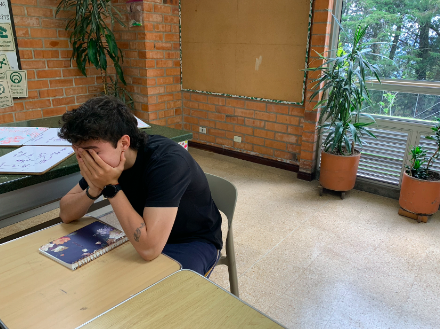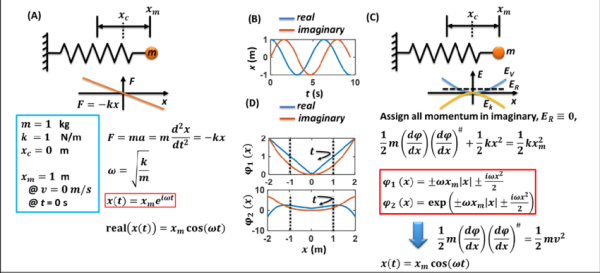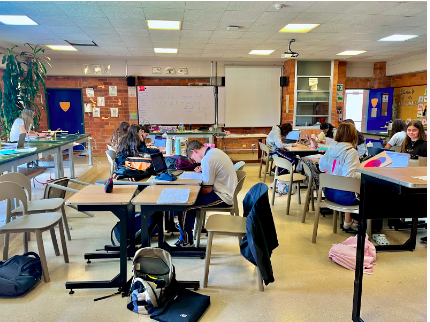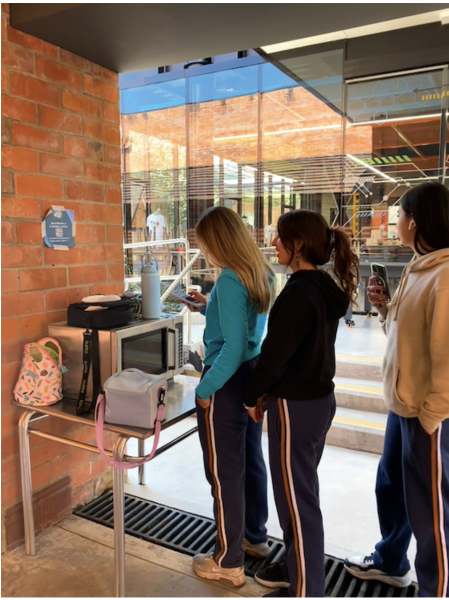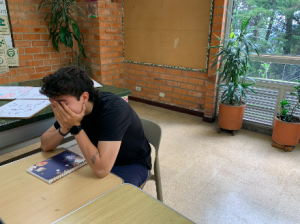Video Games in the Classroom
For the past 200 years, children have spent 6-8 hours at school taking notes from a whiteboard and expected to memorize all kinds of information. An ancient Greco-Roman educational system still illogically used today. TCS and the regular school system must change the antiquated learning method and embrace the technological movement the 21st-century demands. For the past few years, video games have exploded and become a regular part of a child’s daily routine. The implementation of them into the classroom can immensely benefit the dynamics and interest of students. If students are given a specified time to game, strategy and multiplayer abilities within the games can benefit their pair working skills and their problem-solving abilities in an all courses.
Students process information in many ways. Games in the classroom enable rather than be told a topic, learn by seeing it. The use of them makes leaning less literary and more tangible to see. Nevertheless, the misconception is that any game can benefit the class environment, is not the case, it must be a game that provides a real gaming experience, like said by Natalie Yurtoğlu, English teacher and publisher on Tech Update, “I prefer to guide students through a gaming experience rather than use a browser-based game or assessment. Using AAA games in the classroom: the games played at home, with big budgets, that aren’t necessarily made with a classroom in mind.” Browser-based games struggle to give the real experience a game provides. At TCS the technological possibilities are endless, the computers and tablets the school provides are perfect for an excellent gaming experience. The use of real games makes students relate to their daily routines, furthermore, the variables within video games permit students to find more than one possible way to solve a topic. The utilization of non browser games as a strategy to learn enables kids to see real-life mechanics shown in popular franchises, as we move on, we will explore which games better suit the common classroom.
The use of games in the classroom must be applicable to the course at study and the game with it. Some popular franchises have been proven to be successful in the past are discussed by Juan Felipe Gaviria 11th grade student and avid gamer, “Learning with games does not apply to all subjects, for example in Physics Class, games can be implemented since it’s more of a physical course in which you can benefit from observing rather than reading, also, schools in Sweden, in technology class they are made to play Minecraft to learn how to build and be creative.” The use of game franchises like Mojang (Minecraft) makes kids understand architectural mechanics along with geometrical manipulation that can benefit courses like algebra, computer science, and geometry at it’s best. Furthermore, the increasing population of children using games and specifically under this genre enable students to be motivated to learn. According to NPD, 91 percent of U.S. children ages 2-17 play video games (64 million). More interesting, these numbers are up nearly 13 percent from a 2009 study. The use of educational games that are popular within the children gaming world enables students to strive to learn new topics and ultimately feel satisfied to do so. By using games like Minecraft in a dedicated manner enables students to learn something by a practice they do on the daily.
While some teachers and students disagree with the idea of using games in the classroom, it’s a mistaken idea to think that using them is a source of indiscipline and an opportunity of children to slack off. Jose Correa 11th grade student and programmer says, “It’s a delicate subject when it comes to learning because it’s a very easy way to get off topic.” The issue with using games in the classroom is not the games. It’s the way they are used when teachers don’t make assignments or checkpoints to track learning students lose the purpose and stop understanding the real message the games really have. Furthermore, the use of games, authorized by teachers and given as part of the course, the opportunity of children to goof off is removed. Once in the past my Science teacher instead of testing us, she made us play the “INFECTION” game and those who were able to complete it, got full credit on the course. This proves he use of games for school purposes and making it achievement based makes students and teachers both benefit from their use.
To finalize students independent of all ages can benefit from video games. They can engage in the subject and generate interest for school that is uncommon these days. It’s a tool that enables educators to teach their subjects and interest their students, both at the same time. Additionally, if made an active part of the course, learning and schools can become a more kinesthetic and interactive place to guide students.





